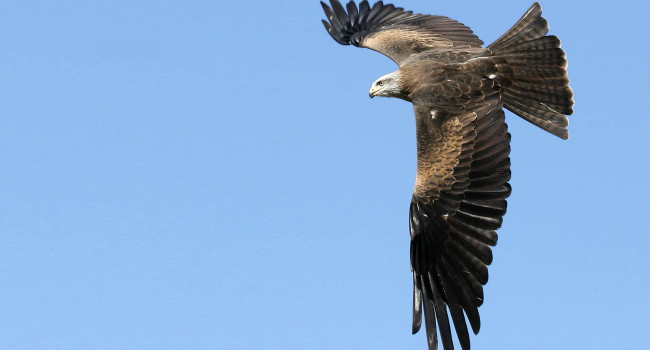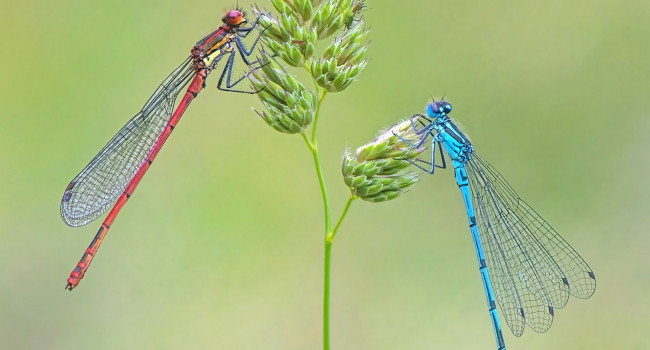Mixed fortunes for UK’s herons and egrets
02 Feb 2024 | No. 2024-05
Surveys show colonising egrets and Spoonbills continuing to increase in many parts of the UK, while breeding Grey Herons seem slow in bouncing back following recent declines.
The British Trust for Ornithology (BTO) is marking World Wetlands Day (2 February) with the latest findings from its long-running Heronries Census. First launched back in 1928, the study set out to monitor and estimate the numbers of Grey Herons nesting in Britain. In recent years, the species covered in the census has grown as egrets and other waterbirds formerly restricted to the continent have colonised the UK’s wetlands, considered by many to be a direct result of climate change.
Little Egrets first nested in the UK in 1996 and over the past couple of decades they have been joined by Great White Egrets, Cattle Egrets and Spoonbills. Another bird covered by the census is the Cormorant, which has seen a change in nesting behaviour, with some birds now breeding inland in trees as opposed to on traditional coastal cliffs.
Grey Herons have shown ‘boom and bust’ population rises and dips since the census began almost a century ago, with temporary declines often associated with severe winters. However, the current reduction in breeding numbers is showing little sign of recovery and researchers are concerned that this familiar bird may be heading for the Birds of Conservation Concern Amber List.
Ian Woodward, Research Ecologist at the BTO said “This ongoing survey helps us monitor the overall well-being of nesting heron species across the UK. Thanks to the wealth of information gathered by our dedicated volunteers we can see just how these birds are responding both positively and negatively to changes in the environment.”
He continued “It also goes to show just how important the UK’s wetlands are as essential habitats for many of our resident species as well as those already colonising from the continent, such as Spoonbills, and those showing signs of doing so, such as Glossy Ibis.”
The Heronries Census is a valuable tool in the BTO’s research into the changes occurring within populations of wetland birds and more volunteers are being sought to help fill in some of the missing gaps.
Ian added “Many birdwatchers may be aware of new or small nesting colonies that haven’t yet been recorded by the census, and these could be vital in our understanding of how these species are adapting to change, or colonising new areas. The more information we can gather, the better we will understand just how our nesting herons and egrets are faring in an ever-changing landscape.”
Publication details
For further information about the BTO Heronries Census see here.
Images
Images are available for use alongside this News Release. These can be downloaded from this link for which you will need to enter the password 202405heron. Alternatively, please contact press [at] bto.org quoting reference 2024-05.






Share this page